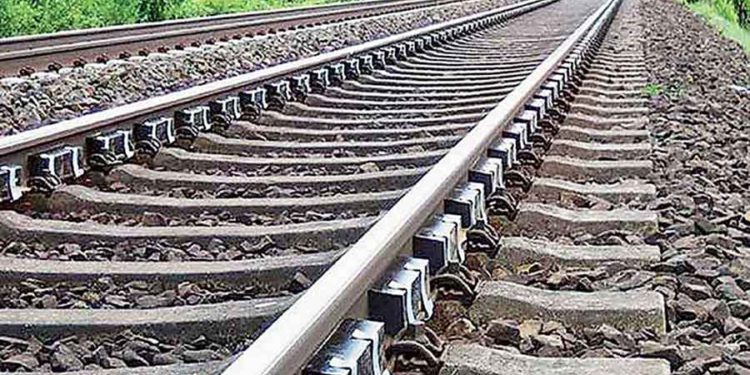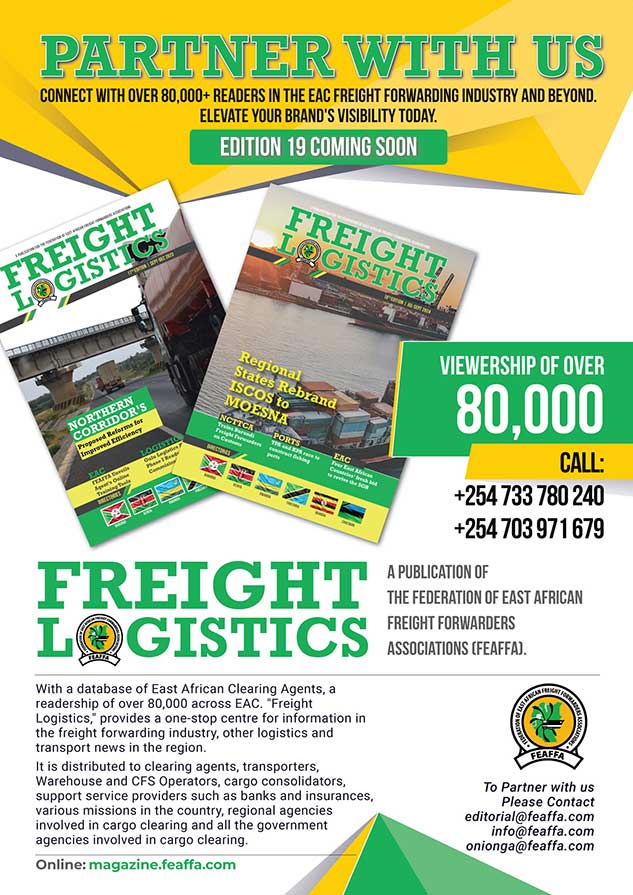The government has begun the rehabilitation of the old railway line from Nakuru to Kisumu which has remained neglected for nearly 25 years.
The Sh3 billion face-lift of Kisumu Port is almost complete in a move that is expected to restore the once vibrant East Africa hub water transport hub. The rehabilitated port will allow docking of the big vessels in Kenya to transport goods to its neighbouring countries.
The renovated port was expected to be officially commissioned by President Uhuru Kenyatta, Yoweri Museveni of Uganda and Felix Tshisekedi of DR Congo before the Covid 19 pandemic hit the African continent.
The rehabilitation of the rail project, which will cost Sh3.7 billion, is being handled by the Kenya Defense Force in partnership with the Kenya Railways Corporation and will be completed in eight months. Once ready, it will increase the capacity to transport more cargo to the lake city.
The Defense Chief Administrative Secretary Mr Peter Odoyo said this when he recently toured the ongoing works in Nakuru. The CAS revealed that the revamping of the meter-gauge railway, which had been neglected for over two decades, followed a presidential directive aimed at stimulating the economy along the rail route.
“We want to ensure that businesses that depended on this railway line come back to life. Our main work here will involve geometry and drainage correction, track renewal, ballasting, bridge and viaduct repairs, culverts construction and rehabilitation of the old station buildings among other jobs,” said Mr Odoyo.
MV Uhuru, which started voyage last year, transports oil in Kisumu to port Bell in Uganda signifying the importance of Lake Victoria in revamping the water transport system in the region.
The first consignment of oil that was done in January this year contained 22 wagons loaded with 894,000 liters of diesel. Oil is being pumped to the lake city through the pipeline operated by the Kenya Pipeline Corporation (KPC) and then shunted from the oil jetty to Kisumu port for onward transmission to Jinja and Entebbe.
“We are in discussions with key stakeholders that include Uganda Railway and the Ministry of Works to have the maximum use of the Kisumu port,” Peter Masinde, the manager of Inland Container Depots at Kenya Ports Authority recently said, adding that the facility upgrading was over 90 percent complete.
This new move signals a return to maritime trade over the lake and the prospects of transforming Kisumu into a regional commercial hub. It has also been tipped to leverage Lake Victoria as a key transport corridor.
Transport through Lake Victoria has been dormant for more than two decades. Uganda remains Kenya’s top export market for imported oil products (super petrol, diesel, kerosene and Jet A 1-aviation fuel). Seventy per cent of Kenya’s exports go to Uganda. Over 30 percent of the Mombasa port total cargo volumes is destined to Uganda.
The ongoing rehabilitation of the rail line marks a policy U-turn given that the State had earlier ruled out reviving the line that had fallen into disrepair.
Initially, Kenya had plans of tapping the Chinese for the upgrade. The 216km line will connect to the recently refurbished Sh3 billion Kisumu port, which will enable ferrying of cargo and passengers to Uganda, Rwanda, Burundi and Democratic Republic of Congo on ships via Lake.
African Union (AU) High Representative for Infrastructure Development and former Prime Minister Rt. Hon. Raila Amolo Odinga said that following these plans, the Kenya Railways Corporation (KRC) and the Kenya Ports Authority will respectively rehabilitate the old railways from Nakuru to Kisumu and refurbish the old Port.
“As you are aware, the Standard Gauge Railway (SGR) has now reached Naivasha. The railway will bring cargo up to this Port of Kisumu and from there it will be loaded on the ship and transported to Uganda. However, that is just a temporary measure. I want to announce that the SGR is coming here as well and very soon the work is going to start and it will commence where a new Port will be constructed,” he said last year.
Mr. Odinga recalled how the Port of Kisumu used to be vibrant in the previous years with ships docking on an hourly basis bringing goods from Mwanza, Bukoba, Port Bell and Jinja.
He regretted that thousands of jobs had been lost following the lull of the Kisumu Port and that for lack of activities the water hyacinth found its way in Lake Victoria.
“There’s a lot of dumping in the lake polluting the environment which attracts hyacinth hence the gulf here has become very shallow, it is confounded by the Mbita causeway which was constructed and blocked the flow of water in a main way,” he said.
Port of Kisumu remains one of the key priority projects that would make the Trans-African Highway a practical route from Lagos to Mombasa, Mombasa to Kisumu, Kisumu to Port Bell, Port Bell to Democratic Republic of Congo (DRC), DRC to the Central African Republic, and then to Cameroon and back to Lagos.
The AU Special envoy observed that this was a sure way of promoting intra-Africa trade noting that currently Africa to Africa trade is less than 15 percent when Europe to Europe and Asia to Asia trade stands at 70 percent and 56 percent respectively.
“Kisumu has the biggest dry dock inland in the entire African continent. All the ships that used to ply here including SS Usoga, SS Nyanza, MV Victoria and MV Uhuru among others were all manufactured here in one of the biggest workshops,” Odinga added.
For any feedback, contacts us via editorial@feaffa.com/freightlogistics@feaffa.com/info@feaffa.com; Mobile: +254703971679 / +254733780240





